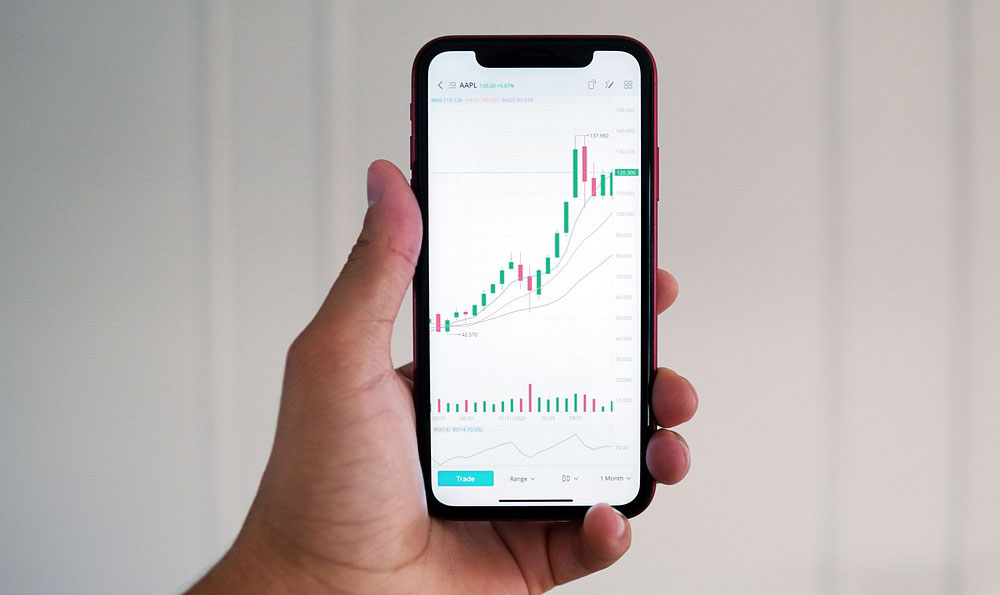Apple Pay, while seemingly a simple and convenient payment method for users, operates on a complex financial engine that generates revenue through a variety of avenues. Understanding these mechanisms is crucial to appreciating the strategic positioning of Apple in the mobile payments landscape. Apple doesn't directly charge users for utilizing Apple Pay. This free accessibility is a cornerstone of its widespread adoption and aligns with Apple's broader strategy of enhancing the user experience within its ecosystem. The core profit driver for Apple Pay isn't a direct transaction fee levied on consumers; instead, Apple leverages its position as the intermediary connecting banks, merchants, and consumers.
The primary revenue stream for Apple Pay stems from interchange fees. Interchange fees are charges that banks pay to each other for the privilege of processing card transactions. When a customer uses Apple Pay to make a purchase, the transaction is routed through the credit or debit card network (Visa, Mastercard, American Express, etc.), and these networks impose interchange fees on the merchant's bank (acquiring bank). Traditionally, these fees are pocketed entirely by the card networks and the issuing banks (the bank that issued the customer's credit or debit card). However, Apple has negotiated agreements with these banks and networks to receive a small percentage of the interchange fee for each Apple Pay transaction.
The exact percentage that Apple receives is confidential and varies based on the specific agreements with different financial institutions in various regions. Industry estimations suggest that Apple typically receives around 0.15% of the transaction value for credit card transactions and a smaller percentage for debit card transactions in the United States. While this percentage might seem insignificant at first glance, the sheer volume of Apple Pay transactions globally translates to a substantial revenue stream. Consider the billions of dollars processed through Apple Pay annually, and even a fraction of a percent generates a significant income for Apple. This interchange-based revenue model aligns Apple's interests with the growth of cashless transactions and rewards them for facilitating secure and convenient mobile payments.

Beyond interchange fees, Apple Pay indirectly contributes to other revenue streams within the Apple ecosystem. By providing a seamless and secure payment experience, Apple Pay encourages greater adoption of Apple devices and services. Customers are more likely to remain within the Apple ecosystem if their devices offer convenient and integrated solutions like Apple Pay. This increased loyalty and engagement lead to higher sales of iPhones, Apple Watches, iPads, and other Apple products. Furthermore, Apple Pay contributes to the growth of Apple's services business, which includes subscriptions like Apple Music, Apple TV+, and iCloud storage. Users are more likely to subscribe to these services if they can easily and securely manage their payments through Apple Pay. The convenience of automatic renewals and in-app purchases facilitated by Apple Pay enhances the overall user experience and drives recurring revenue for Apple.
Another potential, though less directly attributable, revenue stream lies in data aggregation and analysis. While Apple is known for its commitment to user privacy, the aggregate data collected from Apple Pay transactions provides valuable insights into consumer spending habits and preferences. This data, anonymized and aggregated to protect individual user privacy, can be used to improve Apple's products and services, personalize user experiences, and inform marketing strategies. By understanding how consumers are using Apple Pay, Apple can optimize its payment platform, identify new opportunities for growth, and enhance the overall value proposition for both users and merchants. The data gleaned helps to tailor the Apple experience to each user, making them more inclined to remain in the ecosystem.
It's important to note that Apple's success with Apple Pay is not solely driven by its revenue model. The platform's security features, ease of use, and integration with Apple devices are crucial factors in its widespread adoption. Apple Pay utilizes tokenization, a technology that replaces sensitive card details with a unique digital token, thereby protecting user data from fraud and unauthorized access. The platform also leverages biometric authentication, such as Touch ID and Face ID, to ensure that only authorized users can make payments. These security features provide consumers with peace of mind and build trust in the Apple Pay platform. The seamless integration with Apple devices, such as the iPhone and Apple Watch, makes it incredibly convenient for users to make payments at physical stores, online, and within apps. This convenience, coupled with the platform's security features, has made Apple Pay a popular choice among consumers worldwide.
Finally, Apple Pay has created an ecosystem of partnerships with merchants, banks, and payment networks. These partnerships are essential for the success of Apple Pay, as they ensure widespread acceptance and functionality. Apple works closely with merchants to integrate Apple Pay into their point-of-sale systems, providing them with the tools and resources they need to accept Apple Pay payments. Apple also partners with banks to enable their customers to add their credit and debit cards to Apple Pay. These partnerships create a mutually beneficial relationship, as merchants benefit from increased sales and customer loyalty, banks benefit from increased transaction volume, and Apple benefits from increased revenue and user engagement.
In conclusion, Apple Pay's profitability stems from a multifaceted approach. While the primary revenue driver is the small percentage of interchange fees collected from each transaction, the platform also indirectly contributes to increased sales of Apple devices and services, provides valuable data insights, and fosters a robust ecosystem of partnerships. The combination of a strategic revenue model, strong security features, seamless integration with Apple devices, and a network of partnerships has made Apple Pay a significant player in the mobile payments industry and a valuable asset for Apple's overall business. The long-term success of Apple Pay depends on its ability to continue to innovate, expand its reach, and maintain its position as a trusted and convenient payment platform for consumers worldwide.












